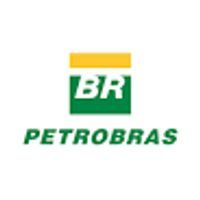Jim Cramer - Mad Money Petroleo Bras Sa Petro
PBR-N
DON'T BUY
Mar 24, 2023
Petroleo Bras Sa Petro
PBR-N
DON'T BUY
Mar 24, 2023
N/A
Stock price when the opinion was issued
Oil and Gas (Integrated Oils)
It's the ideal tool to help you make quicker, more informed decisions for
managing and tracking your investments.
You might be interested:
SELL
Given its yield and growth rate, you'd buy this, but PBR is in Brazil and that matters. Can't trust it at all.